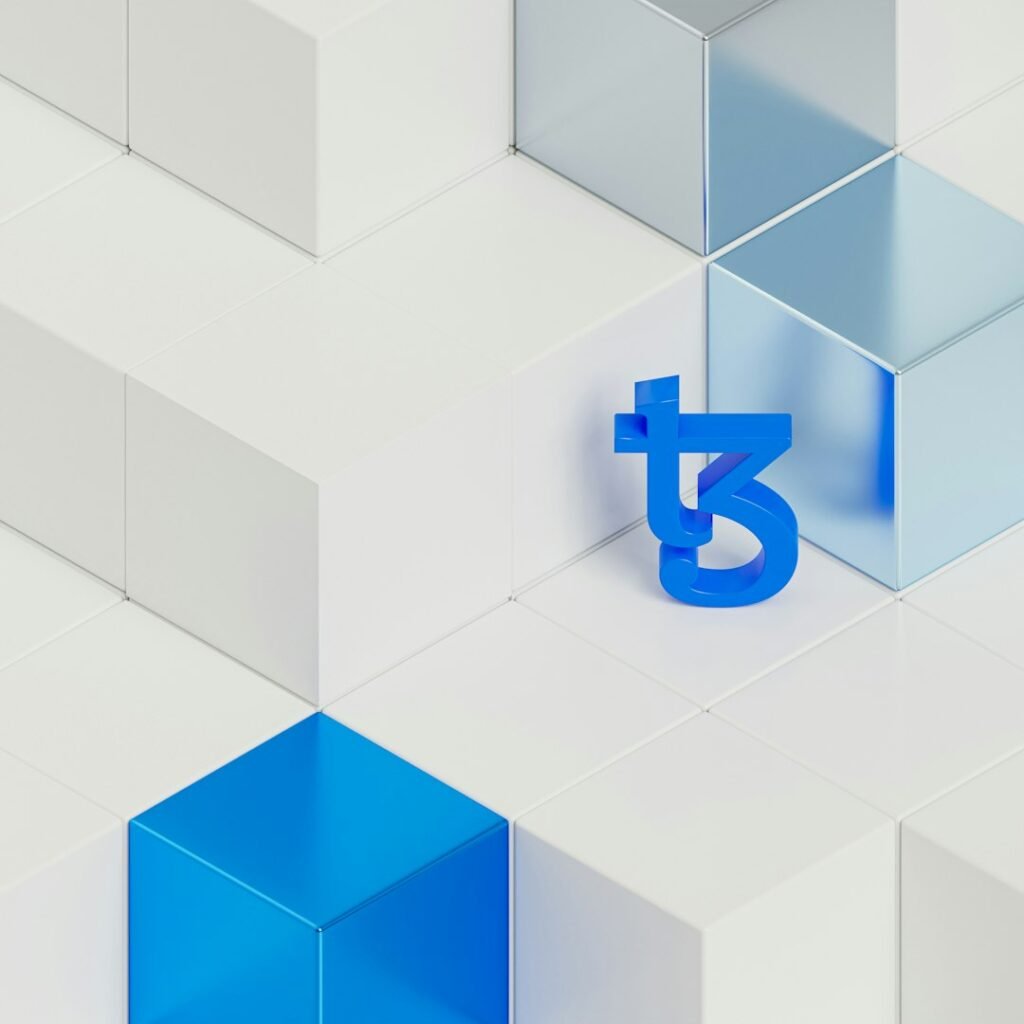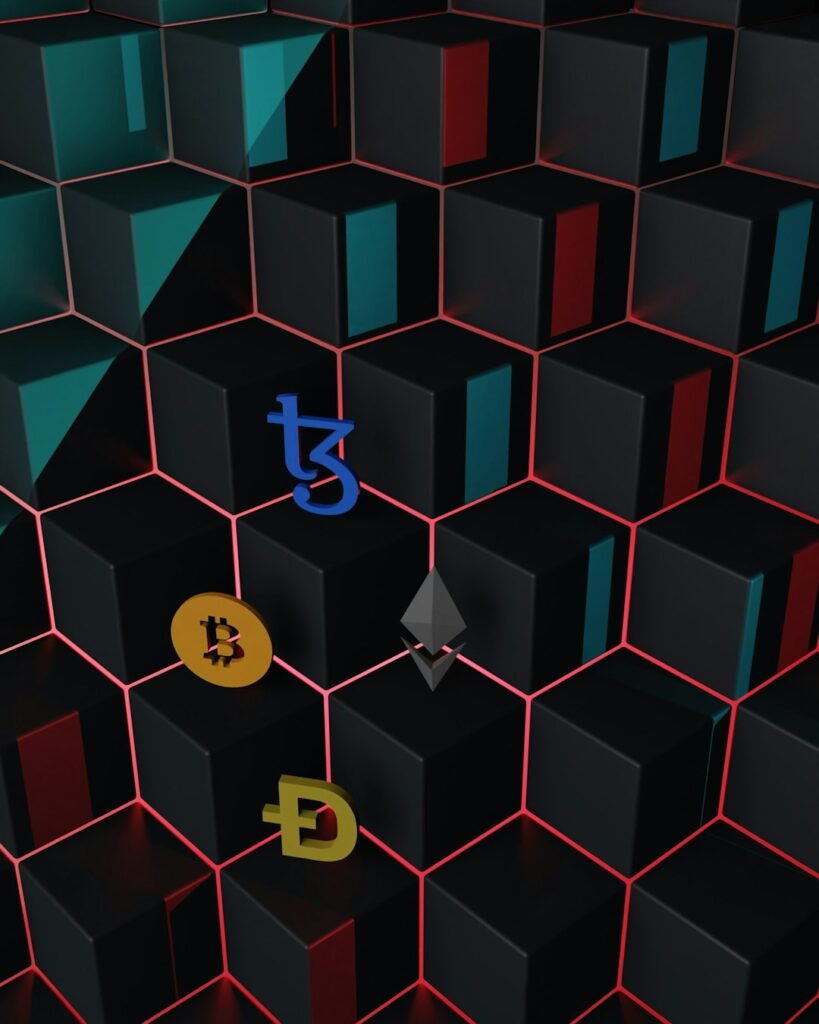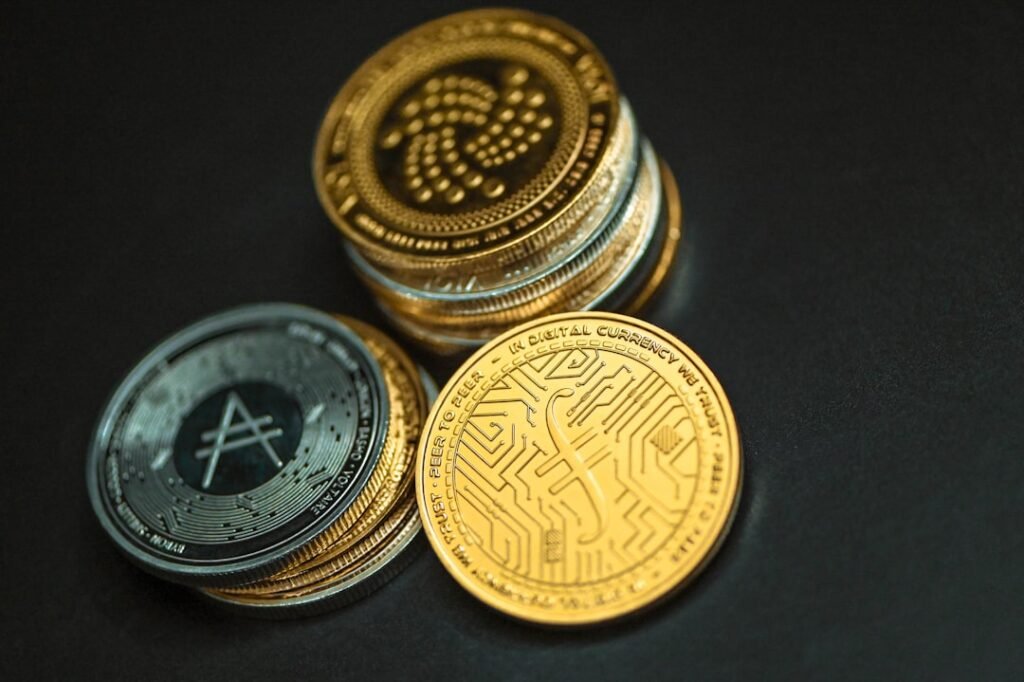Demystifying Crypto Assets: From Bitcoin to NFTs and Beyond
The Blockchain Revolution: Foundation of Digital Assets
At the core of every cryptocurrency and digital token lies blockchain technology—a transformative method of securely recording information across peer-to-peer networks. This revolutionary system functions as a shared public database, duplicated across countless computer systems worldwide. Its genius lies in its structure: new entries can be added, but existing entries become permanently immutable once validated.
Blocks—the fundamental units of blockchain—are generated through specific protocols unique to each blockchain. Each contains cryptographically encoded information about the previous block, creating an unbreakable chain that reinforces order and security as the ledger grows. When new information joins this chain, digital assets are minted into existence, enabling users to exchange existing assets or create entirely new ones through blockchain transactions.
Understanding Digital Asset Categories
The term "digital assets" serves as an expansive container encompassing anything minted and exchanged on blockchain networks. These revolutionary assets generally fall into five distinct categories:
- Cryptocurrencies: Designed as digital mediums of exchange (e.g., Bitcoin, Ethereum)
- Utility Tokens: Grant access to specific applications or services
- Security Tokens: Represent investment contracts or ownership rights
- Non-Fungible Tokens (NFTs): Certify ownership of unique digital or physical items
- Stablecoins: Cryptocurrencies pegged to stable assets like fiat currencies
Cryptocurrencies: More Than Digital Cash
Contrary to popular belief, cryptocurrencies aren't classified as currency under US law. As IRS Notice 2014-21 established, they're treated as property for tax purposes—similar to stocks or commodities. Recent examples highlight this distinction:
- Bitcoin (BTC): $29,440.40
- Ethereum (ETH): $2,004.38
- Tether (USDT): $1.00 (a stablecoin pegged to the US dollar)
Cryptocurrencies can be further categorized:
- Private vs. Sovereign Coins: While decentralized cryptocurrencies like Bitcoin are private, central banks are exploring Central Bank Digital Currencies (CBDCs) as sovereign digital alternatives to physical cash
- Stable vs. Non-Stable Coins: Traditional cryptocurrencies exhibit high volatility, whereas stablecoins like Tether or DAI maintain steady values through asset backing
The Token Universe: Beyond Simple Currency
Tokens represent interests or rights to access assets, products, or services, typically issued on existing blockchains:
- Security/Investment Tokens: These mirror traditional securities, providing ownership rights or dividend-like entitlements. Issued through mechanisms like Initial Coin Offerings (ICOs), they resemble conventional debt and equity instruments
- Utility Tokens: Grant holders access to specific blockchain-based services (e.g., Golem for computing power, Filecoin for data storage). While used for fundraising, their primary purpose is enabling platform access rather than generating investor returns
- Hybrid Tokens: Increasingly common tokens combining features across categories, presenting unique regulatory challenges
The NFT Revolution: Unique Digital Ownership
Non-Fungible Tokens (NFTs) represent perhaps the most radical blockchain innovation. As the Financial Action Task Force (FATF) defines them: "digital assets that are unique, rather than interchangeable, used as collectibles rather than payment instruments."
Key NFT characteristics:
- Non-Fungibility: Unlike interchangeable cryptocurrencies, each NFT is unique and irreplaceable (like original artwork)
- Digital Representation: Can signify ownership of physical assets (e.g., real estate, tungsten cubes) or purely digital items (digital art, virtual real estate)
- Diverse Applications: From NBA Top Shot collectibles to digital artwork selling for millions, NFTs create provable digital scarcity
The Midwest Tungsten case exemplifies physical asset NFTs: pairing a 2,000-pound tungsten cube with blockchain technology created an NFT representing ownership, raising complex legal questions about storage, transfer rights, and associated costs.
Storing Digital Assets: Wallets and Keys
Critical to understanding digital assets is recognizing where and how they're stored:
- Blockchain Storage: Assets reside permanently on their native blockchain ledger
- Access Keys: Two cryptographic elements control access:
- Public Key: Like a computer-generated email address (shared publicly)
- Private Key: Functions as an unforgeable password (must remain secret)
- Wallet Function: Digital wallets securely store keys and provide interfaces to view and manage assets—they don't "hold" assets themselves
This distinction proves crucial: losing private keys means losing access to blockchain-stored assets permanently. When transferring cryptocurrency, your private key must cryptographically sign the transaction for blockchain validation.
Legal Landscape: Navigating the "Trustless" System
Crypto assets introduce a fundamental paradigm shift: they're "trustless assets" unlike traditional "trust assets" (real estate, stocks, bank accounts). Traditional assets rely on third-party verification (governments, banks, courts), whereas crypto transactions occur directly between owners without intermediary validation.
This distinction creates unique legal implications:
- Tax Treatment: The IRS treats cryptocurrency as property, making transactions taxable events
- Estate Planning: Estate professionals must counsel clients to maintain detailed records of crypto holdings, acquisition details, locations, and access procedures. Failure risks permanent asset loss for heirs
- Dispute Resolution: Courts increasingly apply contract and tort law rather than property law to crypto disputes, since transactions lack traditional documentation and third-party verification
Smart contracts—self-executing agreements written in code—function as the digital equivalent of vending machines. When combined with blockchain protocols, they enable "self-enforcing" asset transfers without trusted third parties.
Practical Guidance for Crypto Asset Holders
Based on emerging legal and financial practices:
- Maintain Comprehensive Records: Document crypto assets, transaction dates, counter-parties, acquisition costs, and current values
- Secure Private Keys: Treat private keys with greater care than bank passwords—their loss means irreversible asset loss
- Estate Planning: Work with professionals to create crypto-specific estate provisions and consider third-party transfer services
- Legal Strategy: Approach disputes through contract/tort frameworks rather than traditional property law approaches
The Expanding Crypto Universe
As blockchain technology evolves, crypto assets continue finding new applications:
- Decentralized Finance (DeFi): Enabling lending, borrowing, and trading without traditional financial intermediaries
- Identity Management: Potential for self-sovereign digital identities
- Supply Chain Tracking: Immutable product journey documentation
- Digital Collectibles: Creating verifiable scarcity for digital art and memorabilia
The fundamental shift from trust-based to trustless systems represents more than technological innovation—it's redefining ownership, value exchange, and contractual relationships in the digital age. As these assets move from emerging curiosities to mainstream adoption, understanding their distinct characteristics becomes essential for investors, legal professionals, and anyone navigating our increasingly digital economy.










